Prior to the turn of the 20th century, hunters engaged in a holiday tradition known as the Christmas "Side Hunt." They would choose sides and go afield with their guns—whoever brought in the biggest pile of feathered (and furred) quarry won.
Conservation was in its beginning stages in that era, and many observers and scientists were becoming concerned about declining bird populations. Beginning on Christmas Day 1900, ornithologist Frank M. Chapman, an early officer in the then-nascent Audubon Society, proposed a new holiday tradition—a "Christmas Bird Census" that would count birds during the holidays rather than hunt them.
So began the Christmas Bird Count (CBC).
Each November, birders interesting in participating in the CBC can sign up and join in through the Audubon website. From December 14 through January 5 each year tens of thousands of volunteers throughout the Americas brave snow, wind, or rain, and take part in the effort. Audubon and other organizations use data collected in this long-running wildlife census to assess the health of bird populations, and to help guide conservation action.
This year, more than a dozen Audubon Florida staff members participated in counts, from chilly agricultural fields and beaches of the Florida Panhandle to mangrove swamps in the Western Everglades, from Corkscrew Swamp Sanctuary, to the Kissimmee Prairie and so much more.
A collection of highlights are below.
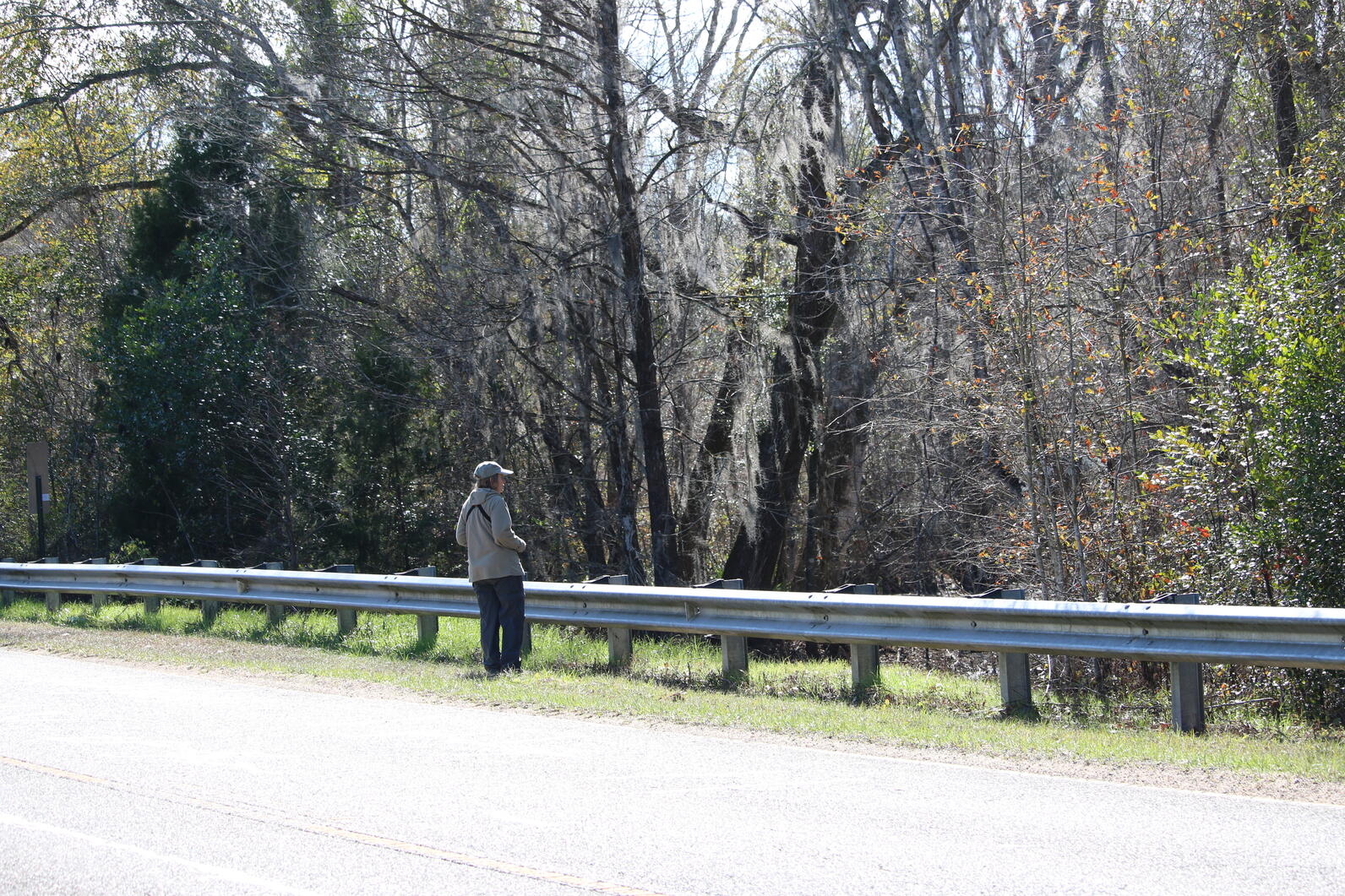
First Christmas Bird Counts
Erika Zambello and Karina Jiménez on the communications team participated in their first ever CBCs; Erika near Marianna, Karina near Orlando (for more on Karina's CBC, click here).
Marianne Korosy, recently retired from her role as Audubon Florida's director of bird conservation position, organized the count in which Erika participated in Marianna, FL, which consisted of areas within Florida Caverns State Park as well as nearby agricultural fields and holding ponds.
"I loved looking for birds that I've never seen in Florida before," says Erika, "including a White-throated Sparrow, Savannah Sparrow, and even a Winter Wren."
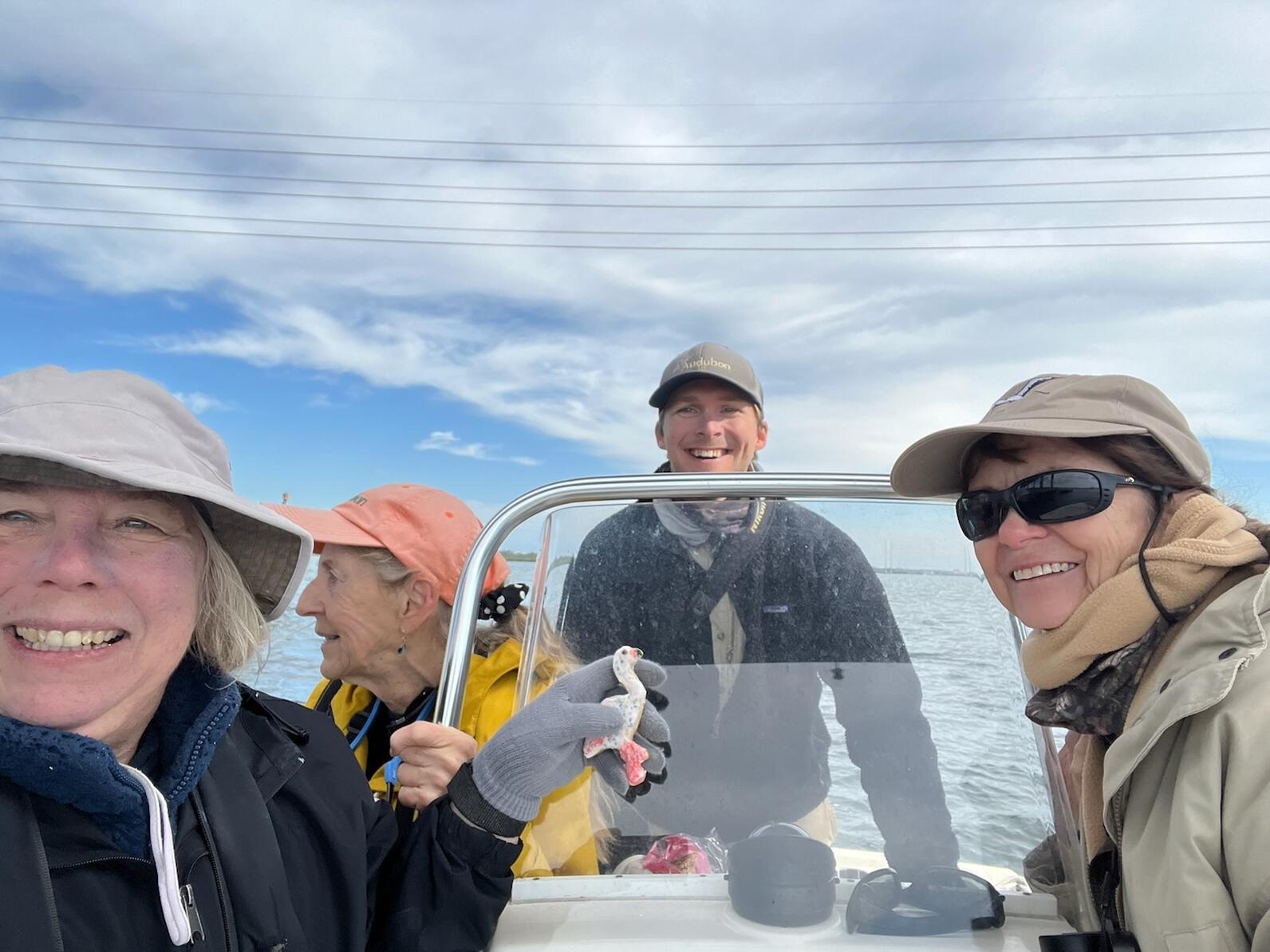
New Count, Old Friends
Coastal Biologist Jeff Liechty participated in two CBC count circles on the Gulf Coast, in both St. Petersburg and Tampa. Joining him were three former Auduboners from the Florida Coastal Islands Sanctuaries program: Ann Paul, Saskia Janes, and Carol Cassels. They counted 46 species, including an unusually high number of Bonaparte's Gulls: 29.
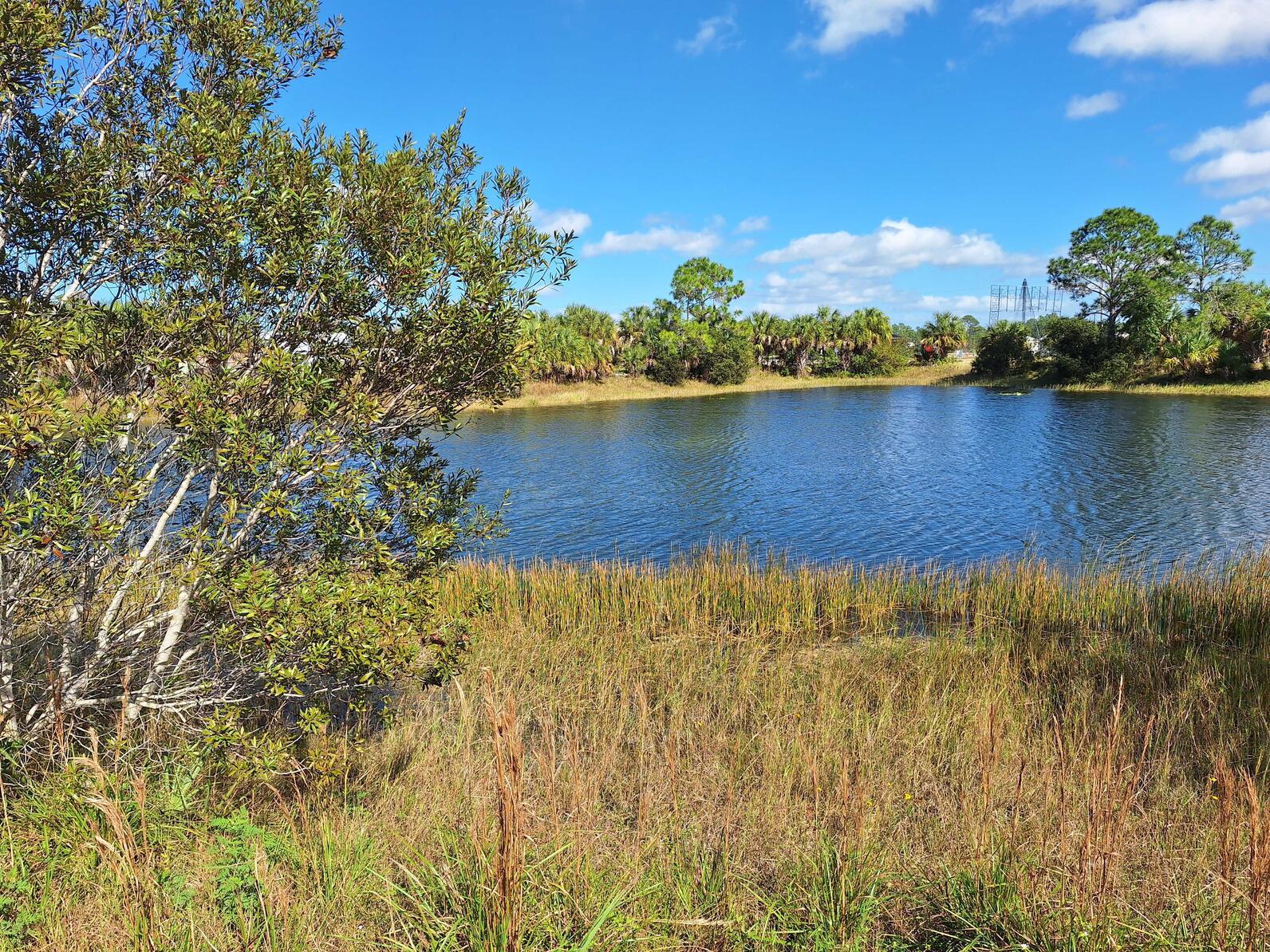
Life Birds
Senior Communications Coordinator Renee Wilson has participated in four counts before, but this was her first during her time with Audubon. She took on an "urban" route in northern Golden Gate Estates, a stone’s throw from Corkscrew Swamp Sanctuary.
"I use the term urban loosely," she explains, "as many of the streets we drove were very rural, which provided views of almost as many chickens as wild birds. As we meandered through the blocks, we counted a dozen Turkey Vultures as well as a few Mourning Doves, Blue Jays, and Red-bellied Woodpeckers, but three birds were more numerous that morning than most: Eastern Phoebe, Loggerhead Shrike, and Palm Warbler."
"A highlight for me was a stop at the UF/Collier County Extension Office, where we wandered around an extensive public garden and lake," she continues. "As I approached the lake, scanning for ducks and wading birds, I flushed something just a few feet in front of me. The small, striped bird zig-zagged away quickly. Luckily, a seasoned birder on my team got a better look and informed me it was a Wilson’s Snipe, yippee! A life bird for my list. By the end of the 6.5-hour day, we had driven 55 miles and counted hundreds of individuals of 42 species. It was a great day."
Over at the Deluca Preserve near Yeehaw Junction, Danielle Ivey, Audubon's new wetland restoration specialist, counted 48 species. In addition to her usual favorites, Danielle spotted a Red-cockaded Woodpecker: a lifer for her!
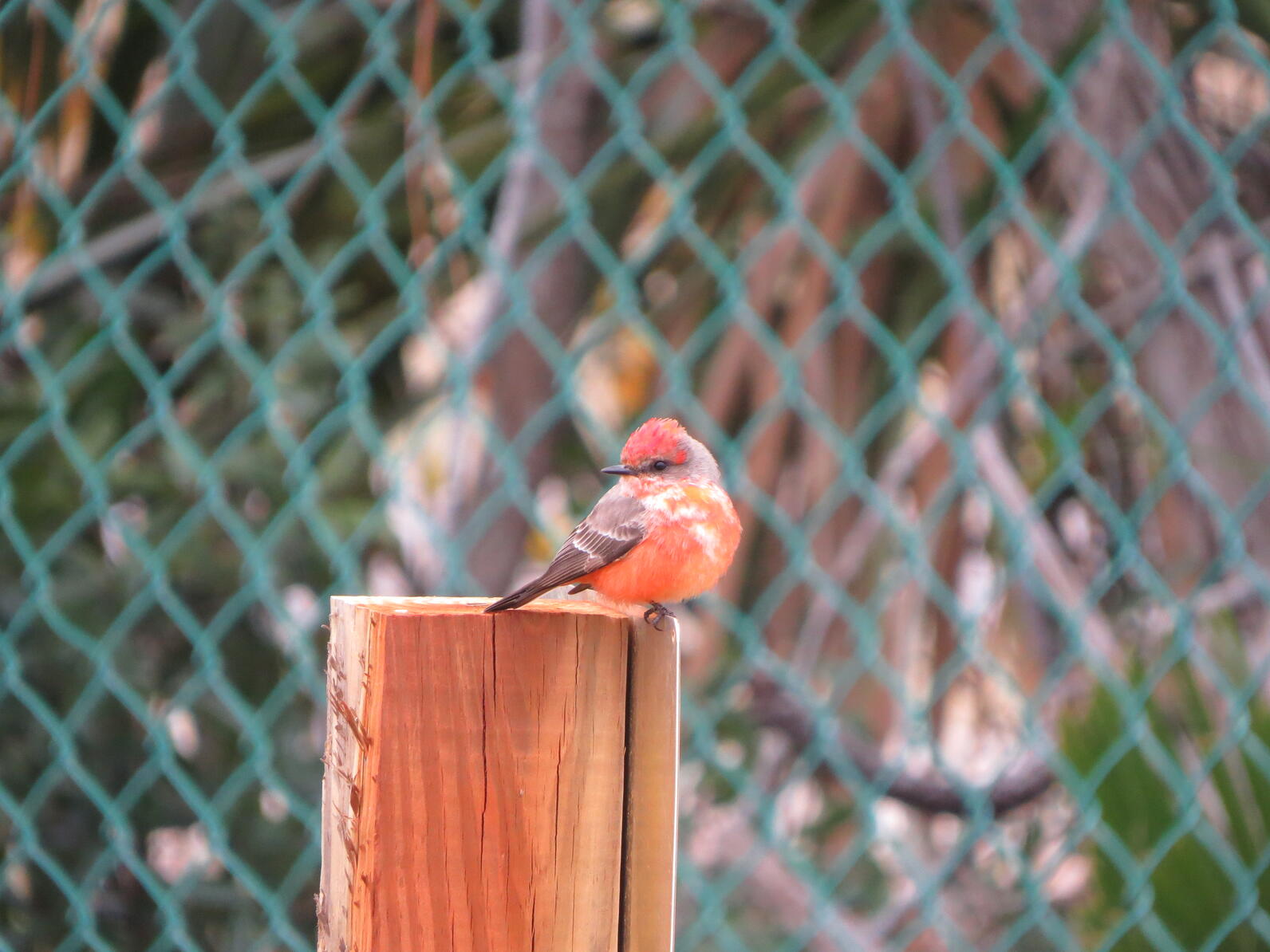
First Time Leading a Count
Brian Cammarano on the coastal team led a CBC for the first time in Bay County. They spotted a host of rare birds, including a Vermillion Flycatcher and a Western Kingbird.
"CBCs bring communities together!" Brian says. "Simple as that. An aspect that I always find so interesting is how count leaders have to create these makeshift teams made up of diverse members of all different skill sets and backgrounds in order to maximize coverage within the count circle."
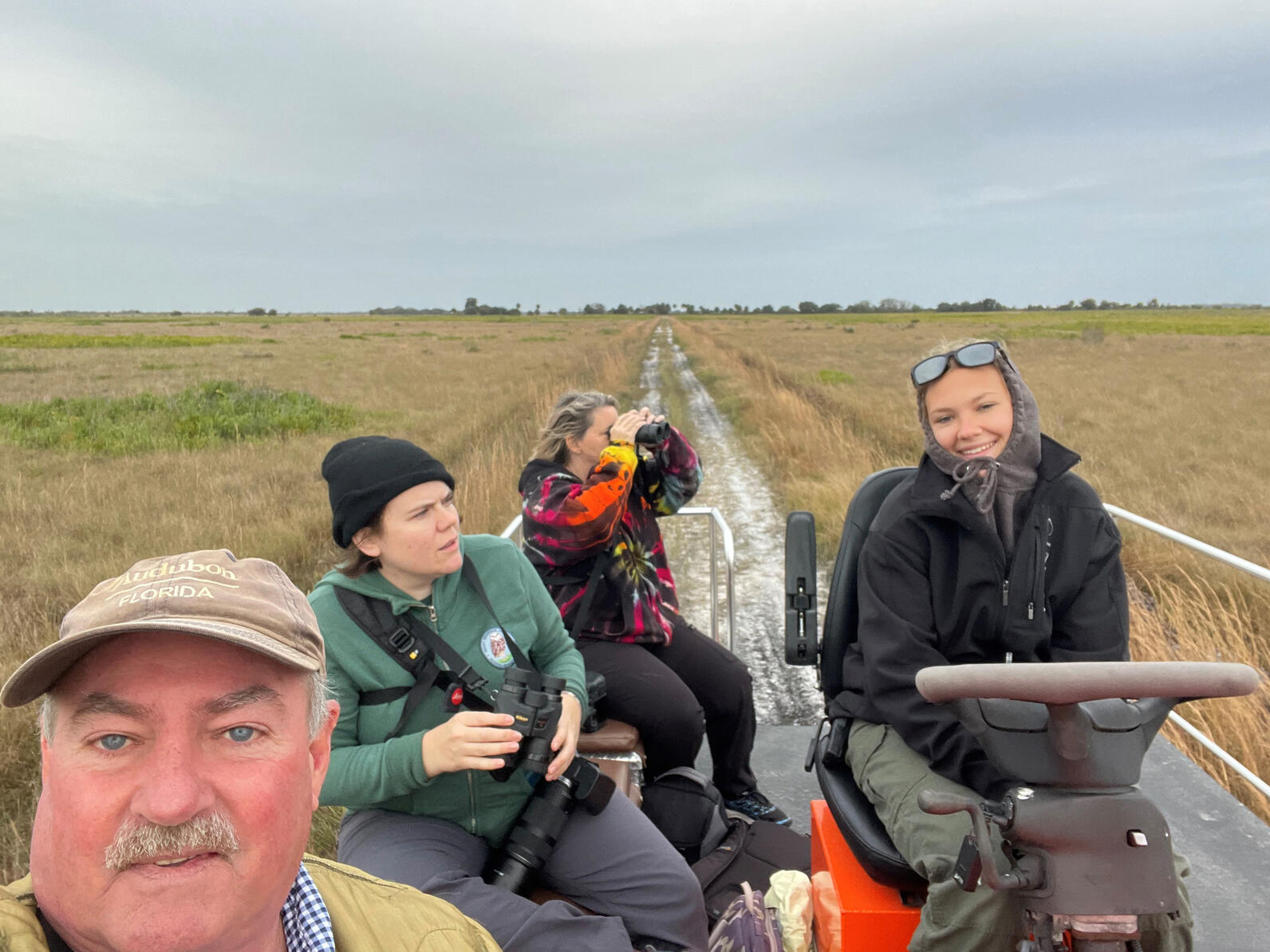
Amazing Sightings
Everglades Science Coordinator Paul Gray is no stranger to amazing birds—as part of his work near Lake Okeechobee, he regularly sees wading birds, Swallow-tailed Kites, Crested Caracaras, and more. But during his count this year at the Kissimmee Prairie/Deluca Preserve (he also drove the airboat for the Lake Placid CBC with Hilary Swain, Archbold Biological Station director) his team spotted a White-tailed Kite! Normally their closest range area is in South Florida or Texas, making the sighting especially interesting.
Over in North Central Florida, Chapter Conservation Manager Jacqui Sulet participated in two CBCs as well. The Ichetucknee/Santa Fe/Oleno Count is named for the state parks and rivers included in the circle. "My team kayaked seven miles over an eight hour period," Jacqui says. "The count total was 104 species."
In the Lake City Count, her team covered an odd assortment of landscapes, including Alligator Lake Park. Once a farm, the area is now flooded and a county park. It's both a birding hot spot and a site on the Great Florida Birding Trail. She spotted a Nashville Warbler! A rare, but fun visitor to the Sunshine State.
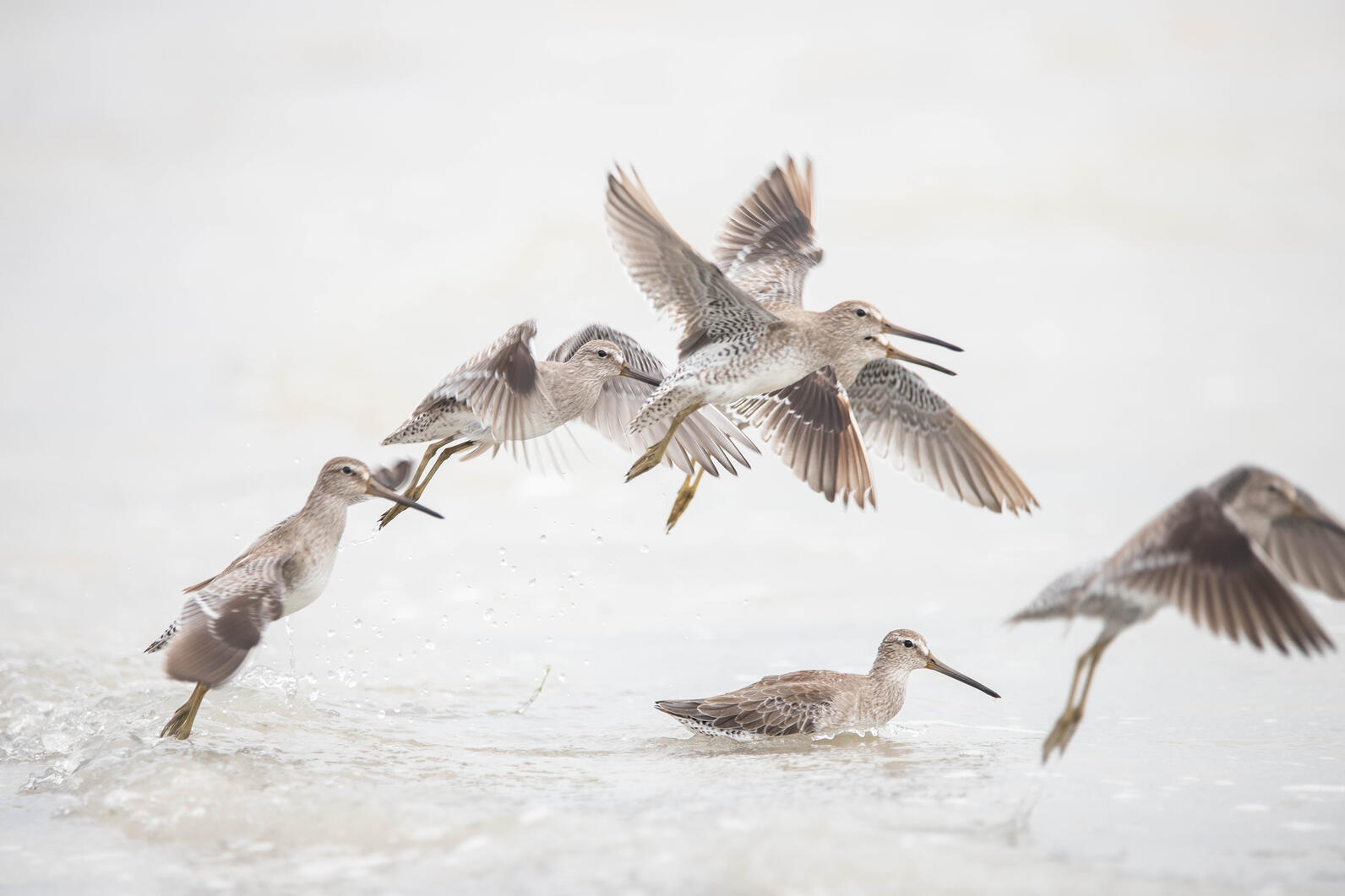
So Many Counts, So Little Time
Corkscrew Swamp Sanctuary Director Keith Laakkonen participated in not one, not two, not three, but four CBCs over the course of the annual counting window. No matter how many times he goes birding in Southwest Florida, he always sees something new. Particularly impressive this year? The number of birds. Within the Ten Thousand Islands National Wildlife CBC, his team counted 58 species, includng 326 Western Sandpipers, 427 American White Pelicans, and more than 1,500 Short-billed Dowitchers!









